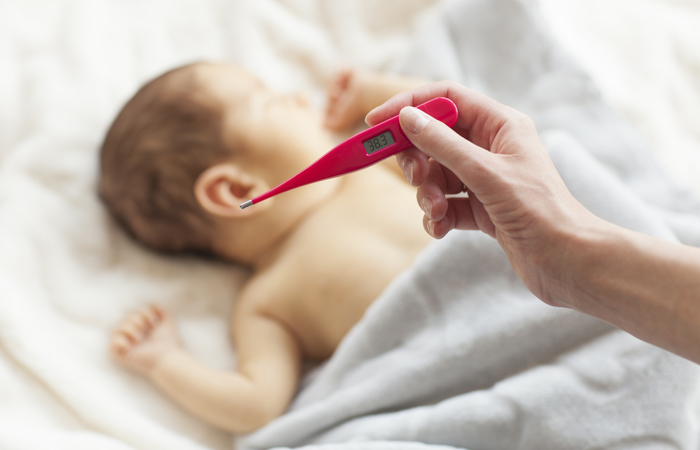As a general rule, fever is when a child has a temperature of over 38°C, but this can vary from child to child. Some children may be ill with a lower temperature, while others may have a higher temperature and be fit and well. When a child has a fever, they may have hot, flushed cheeks, feel hotter to the touch than usual or feel clammy.
Fever often accompanies pain and inflammation. Rather than being an illness in itself, a fever is often a sign that an infection is present. This is because the prostaglandins that travel to the brain also act on the temperature-regulating centre of the brain, causing the body’s temperature to rise above normal. Children can be affected by a number of different infections as their immune systems are developing, including colds and flu and ear and throat infections. Often, these illnesses are accompanied by pain and a fever.
A child’s temperature can be checked using a thermometer, and there are a range of different types available for parents to choose from.

Did you know?
A high temperature usually returns to normal within three or four days.
